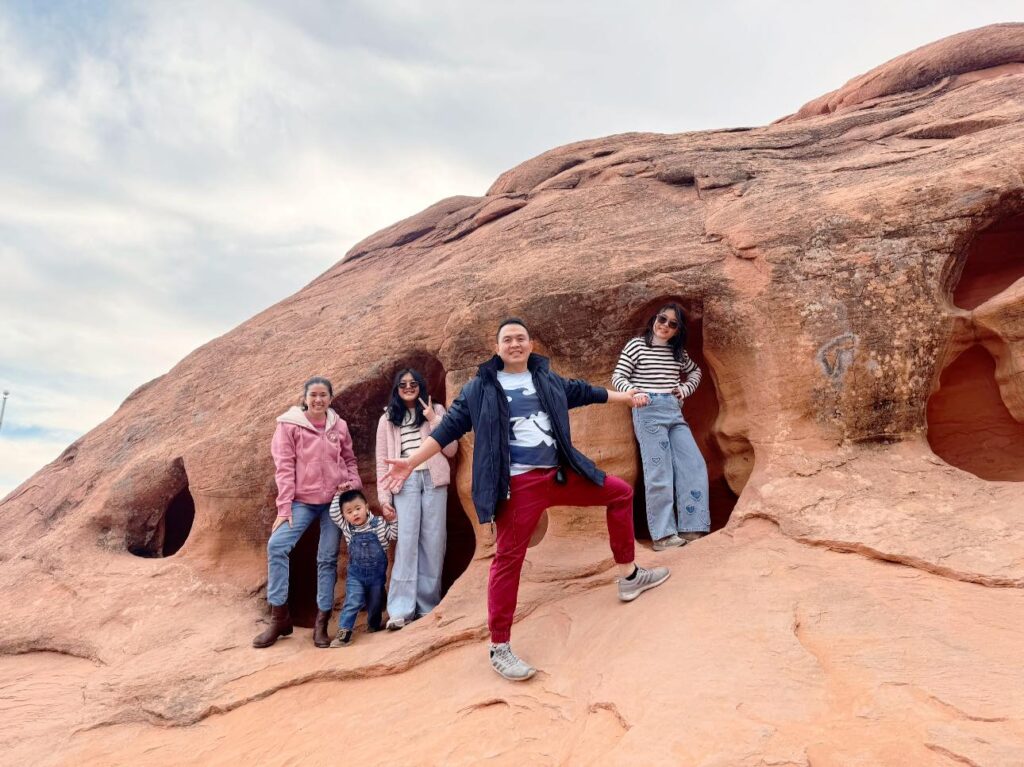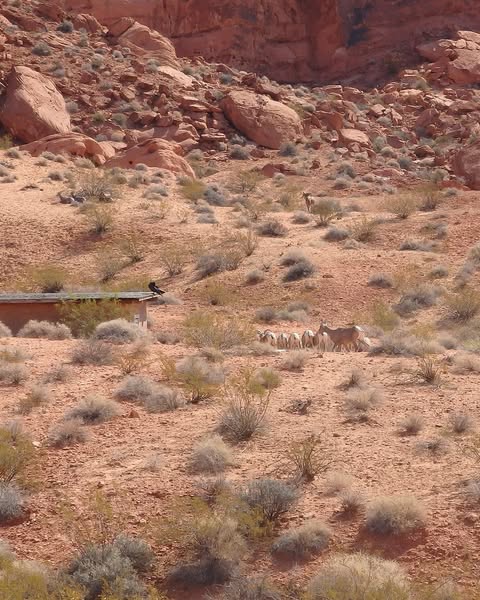If you’re looking for a place where vibrant reds, oranges, and fiery hues paint the desert landscape, look no further than Valley of Fire State Park. Nestled just an hour away from Las Vegas, this park boasts one of the most visually captivating terrains in the world. From massive rock formations to ancient petroglyphs, the Valley of Fire offers a photo-op at every turn. Whether you’re an experienced photographer or just someone with a smartphone, you’ll find plenty of jaw-dropping scenes to capture. So, grab your camera and let’s explore the top photos you can’t miss!
What Makes Valley of Fire State Park So Special?
Valley of Fire State Park is more than just a beautiful destination—it’s a living canvas of history and nature. The park is known for its striking red sandstone formations that date back over 150 million years. The name “Valley of Fire” comes from the way the rock formations glow in the sunlight, especially during sunrise and sunset. If you’re wondering why it’s a photographer’s paradise, it’s because every corner of this park is a scene straight out of a desert dream.
The Valley of Fire isn’t just about pretty rocks, though. It’s a haven for anyone who appreciates natural art. From ancient petroglyphs to wind-carved arches, this park has something for every type of photography lover. Each photo you take here tells a different story of time, erosion, and nature’s raw beauty.
Stunning Sunrise and Sunset Views
One of the most remarkable features of Valley of Fire State Park is how the light changes throughout the day. The early morning sun paints the rocks in a soft pink and purple glow, while the evening sun casts deep golden hues over the landscape. These shifting colors make Valley of Fire the perfect spot for capturing stunning photos, especially during sunrise and sunset.
Picture this: You’re standing on a rock, camera in hand, as the sun rises and the entire valley lights up like a canvas painted with every shade of red. The shadows grow longer, the colors become more vivid, and you’ll find yourself mesmerized by how the scenery changes every minute.
If you’re serious about photography, the best tip is to arrive early and stay until the sun sets. The Valley of Fire’s rugged terrain offers countless opportunities for creative shots—silhouettes, backlighting, and panoramic views that will leave you breathless.
The Iconic Fire Wave Rock Formation
No visit to the Valley of Fire is complete without snapping a photo of the Fire Wave. This iconic formation gets its name from the swirling, wave-like patterns etched into the rock. The contrasting red and white stripes make it one of the most photographed spots in the park. It’s like something out of a sci-fi movie.
To capture this stunning formation, aim for a low angle to highlight the curves of the wave. The setting sun casts beautiful shadows that bring out the texture and depth of the rock, creating a dramatic effect that you’ll want to frame on your wall. The Fire Wave is truly one of those locations where the camera does not lie—the scenery is just as breathtaking as you imagine.
Elephant Rock: A Natural Masterpiece
When you first see Elephant Rock, you’ll know exactly where it gets its name. Shaped remarkably like an elephant’s head, this formation stands as a majestic guardian of the park. It’s a unique sight to behold, and photographers love capturing it from all angles.
The best time to photograph Elephant Rock is during golden hour, just before sunset, when the light makes the rock’s features pop. Standing beneath the rock, you’ll feel like you’re in the presence of an ancient giant. The framing possibilities are endless—whether you capture the rock from a distance or focus on the intricate textures of the “elephant’s skin,” Elephant Rock is sure to leave you with incredible images.
The Enchanting Mouse’s Tank and Petroglyphs
Valley of Fire isn’t just a feast for your eyes; it’s also a cultural treasure trove. Mouse’s Tank is a natural rock basin that holds water after rainstorms and is surrounded by stunning petroglyphs, some of which are believed to be over 4,000 years old. These ancient symbols add a deep layer of history to your photographs.
When photographing Mouse’s Tank, try to capture the contrast between the smooth, ancient rock surfaces and the intricate petroglyphs. The best lighting for this location is early morning or late afternoon when the sun casts gentle light over the carvings, revealing their delicate details. These petroglyphs are more than just pictures—they are pieces of a story that connects us to the past.
The Majestic White Domes
If you’re looking for a striking contrast to the red sandstone, the White Domes area is your answer. These smooth, white rocks stand in stark contrast to the fiery red tones elsewhere in the park. The White Domes are not only visually stunning but also feature a short trail that leads to a colorful rock canyon, making it a photographer’s dream.
The White Domes are perfect for a mid-morning photo session. The sun illuminates the white rocks in a soft, flattering light, creating a perfect scene for capturing the gentle curves of the formations. The natural amphitheater within the domes also creates amazing acoustics, adding another layer of magic to the experience.

Conclusion: Why You Need to Visit Valley of Fire State Park
Valley of Fire State Park isn’t just a place to take pictures—it’s an experience you’ll never forget. Whether you’re a seasoned photographer or simply someone who appreciates the beauty of nature, this park offers endless opportunities to capture awe-inspiring shots. From the fiery rock formations to ancient petroglyphs, every corner of the park tells a different story.
So, if you’re looking for a destination that’s perfect for photography, adventure, and natural beauty, Valley of Fire should be at the top of your list. Trust me, you won’t regret it. Get ready to snap those jaw-dropping photos that will leave everyone in awe!
5 Unique FAQs
1. When is the best time to visit Valley of Fire for photography?
The best times are during the golden hour—early morning after sunrise or late afternoon before sunset. These times offer the best lighting for vibrant and dramatic photos.
2. Can I photograph wildlife in Valley of Fire?
Yes, Valley of Fire is home to a variety of wildlife, including birds and lizards, which can make for unique and interesting photography subjects.
3. What equipment should I bring for Valley of Fire photography?
A DSLR or mirrorless camera with a wide-angle lens is ideal for capturing the vast landscapes. A telephoto lens is also useful for wildlife and distant shots.
4. Do I need a permit to take photos in Valley of Fire?
No, a permit is not required for general photography. However, if you plan to conduct commercial photography, you may need to apply for a permit.
5. What is the best season to visit Valley of Fire?
The spring and fall seasons are the best times to visit for photography, as the temperatures are more moderate and the lighting is ideal.

